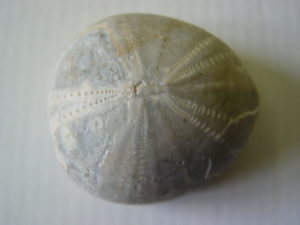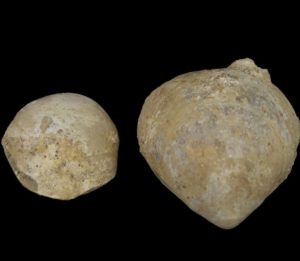Types of Fossils
Fossils are abundant in cliffs of Dover. This article is part of our Guide to Fossils.
There are different types of fossils. Some of these are :
Index fossils: These fossils help to define and identify geologic periods. It works on the condition that different sediments which could look different, based on the conditions under which it was deposited, it may include the remains of the same species of fossil. The accuracy of correlation would increase when shorter is the species time range. The best index fossils are easy to identify at species level with a broad distribution.
Trace fossils are fossils which mainly consist of tracks and trails, but it could also include coprolites and marks which have been left by feeding. Trace fossils are important to study as it not just represents a data source which is limited to animals but have fossilised hard parts which could reflect animal behaviour. Coprolites are classed as trace fossils when compared to body fossils and they give evidence for animal behaviour rather than morphology. These coprolites could range in size from a few millimetres to over 60 cm.

Transitional fossils are fossils which are remains of a life that have traits which are common to both an ancestral group and its derived descendent group. This could be very important where the descendent group is differentiated by anatomy and the way of living from the ancestral group. As the fossil record is incomplete, there is no complete evidence of knowing how close a transitional fossil is to divergence.

Microfossils are fossils of plants and animals whose size is just analysable by the naked eye. A common cut off is 1mm. Microfossils could either be complete organisms or component parts of plants and animals which are large. These microfossils help biostratigraphers to assist with the correlation of rock units.
Fossil resins which is generally called amber is found in many types of strata round the world and is a natural polymer. It is even present in the Arctic. The fossils which are the oldest, dates back to the Triassic although most of it dates to cenozoic. The excretion of the resin by some plants could be due to an evolutionary adaptation to protect it from insects and to seal wounds. The fossil resins often have other fossils which are called inclusions that could be captured by the sticky resin. These could include plants, animals, bacteria and fungi. The animal inclusions are generally small invertebrates which are mainly arthropods like spiders.